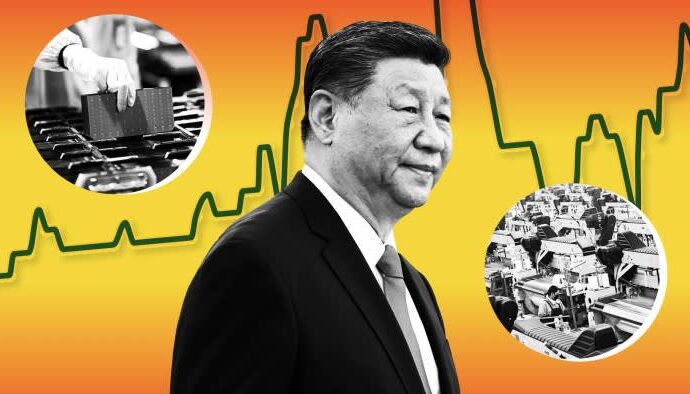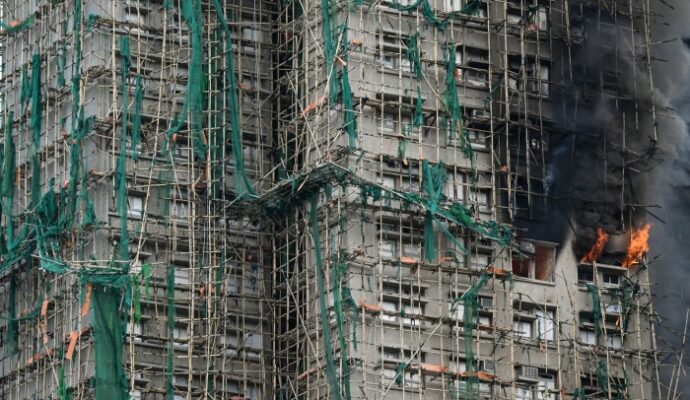Unlock the White House Watch newsletter for free
Your guide to what Trump’s second term means for Washington, business and the world
Donald Trump announced a trade deal with South Korea on Wednesday that would impose tariffs of 15 per cent on the country’s goods.
South Korea in exchange would “give to the United States $350 Billion Dollars for Investments owned and controlled by the United States, and selected by myself, as President”, Trump wrote on Truth Social.
The US president said the Asian country would also commit to buying $100bn of US energy and “invest a large sum of money” in the US.
The amount would be announced within the next fortnight, when South Korea’s President Lee Jae Myung visits the White House, Trump wrote.
Lee’s office confirmed the US would reduce its 25 per cent car tariff to 15 per cent for South Korean autos, in line with similar deals offered to Japan and the EU.
“It is also agreed that South Korea will be completely OPEN TO TRADE with the United States, and that they will accept American product including Cars and Trucks, Agriculture, etc,” Trump posted.
The deal comes after South Korean diplomats met Trump on Wednesday afternoon at the White House. It is the latest agreement that Trump has announced as countries near the August 1 deadline when his steep “reciprocal” tariffs are set to return.
Over the weekend, the US struck a deal with the EU and last week reached an agreement with Japan.
Both of those deals contained investment pledges from the foreign countries in exchange for lowered tariffs, although neither has produced a written agreement.
Talks between the US and South Korea were delayed for several months by political turmoil in Seoul following the impeachment of former Korean president Yoon Suk Yeol.
“The agreement will get rid of uncertainties in our export environment and by making our export tariffs to the US lower than or on a par with our major exporters, we have set the conditions to compete with major countries on an equal footing or on better terms,” Lee said in a statement.
Kim Yong-beom, Lee’s chief policy secretary, told reporters on Thursday there would only be a “slight shift” from Middle Eastern to US suppliers of liquefied natural gas to South Korea.
He added that direct investment would constitute a “low portion” of the Korean investments Trump announced, with the majority of funds coming from loans and guarantees. He confirmed that existing Korean investments in US manufacturing had been included in the figures announced on Thursday.
Despite “strong” US demands, “we agreed not to open the domestic rice and beef market considering food security and the sensitivity of agriculture”, Kim said.
While he said Trump’s 50 per cent tariffs on steel and aluminium had not been discussed, defence issues would be negotiated separately during Lee’s visit to Washington.
The announcement follows a desperate Korean lobbying effort when the leaders of Samsung, Hyundai and Hanwha visited Washington to pledge new US investments in advanced manufacturing sectors.
The 15 per cent tariff rate gives the country’s companies parity with rival Japanese and European exports.
But unlike Japan and the EU, South Korea has a comprehensive free trade agreement with the US under which the tariff rates on bilateral trade are supposed to be in effect zero, noted Chul Chung, president of the Korea Institute for International Economic Policy. This compares with the 2.5 per cent baseline tariff on Japanese and European autos that was in place before Trump returned to office.
“With this deal, South Korean exports will not be at a disadvantage compared with Japan and the EU, but they have also lost the competitive advantage they once had,” said Chung.
The US accounted for 18 per cent of South Korean exports last year, according to OECD figures. Leading exports include cars and auto parts, as well as machinery and goods to supply Korean companies building car, battery and chip manufacturing facilities in the US.

